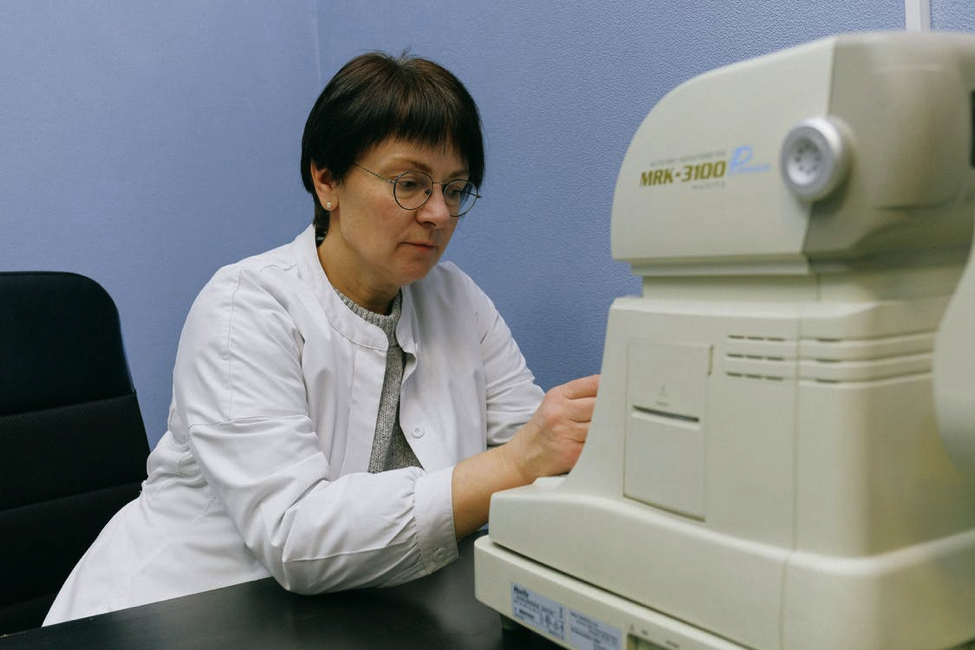Ophthalmology / 25.11.2024
Exploring Innovations in Eye Care
- Eye care is being revolutionized by advanced tools and techniques, improving diagnosis and treatment options.
- Cutting-edge innovations like AI-driven diagnostics, wearable devices, and minimally invasive procedures are transforming outcomes.
- Emerging techniques, such as regenerative therapies and precision medicine, are addressing previously untreatable conditions.
- The future of eye care includes telemedicine and smart technologies, making treatments more accessible and tailored to individual needs.
 Eye care is undergoing a revolution. As technology evolves, so do the ways we diagnose and treat vision problems. For patients and professionals alike, this means a brighter future—literally and figuratively. From innovative devices to cutting-edge surgical methods, advancements in this field are transforming outcomes and making treatments more accessible.
In this blog, we’ll explore some of the challenges faced in eye care today, the breakthroughs addressing them, and the exciting tools and techniques shaping the future. Whether you’re curious about the tech behind these advancements or what they mean for your eye health, you’re in the right place.
(more…)
Eye care is undergoing a revolution. As technology evolves, so do the ways we diagnose and treat vision problems. For patients and professionals alike, this means a brighter future—literally and figuratively. From innovative devices to cutting-edge surgical methods, advancements in this field are transforming outcomes and making treatments more accessible.
In this blog, we’ll explore some of the challenges faced in eye care today, the breakthroughs addressing them, and the exciting tools and techniques shaping the future. Whether you’re curious about the tech behind these advancements or what they mean for your eye health, you’re in the right place.
(more…)




